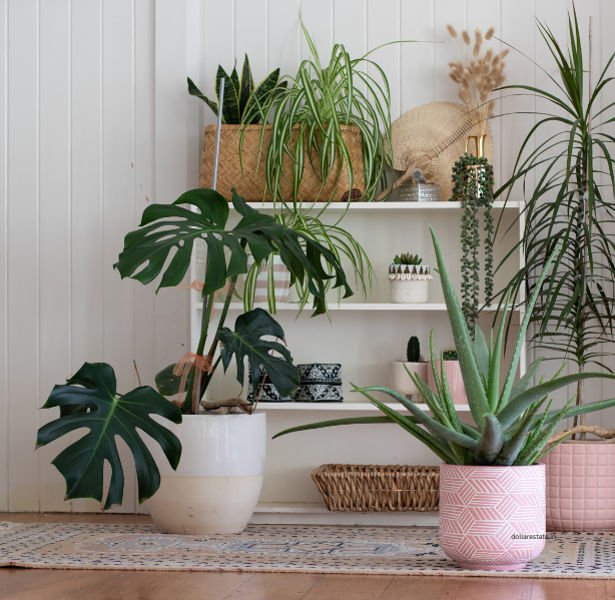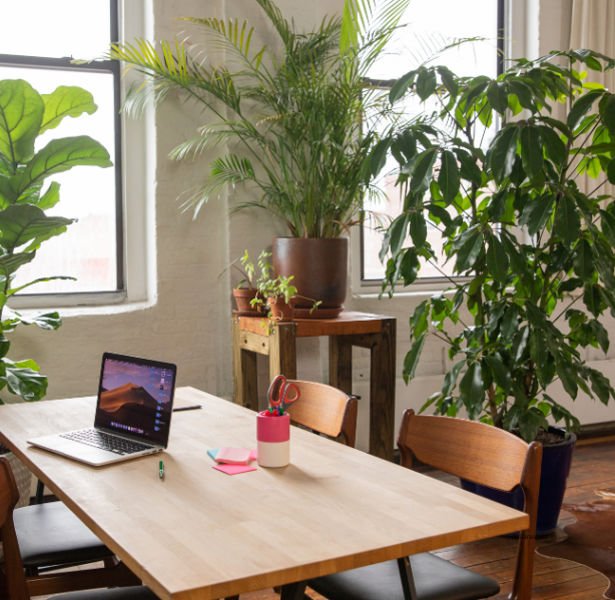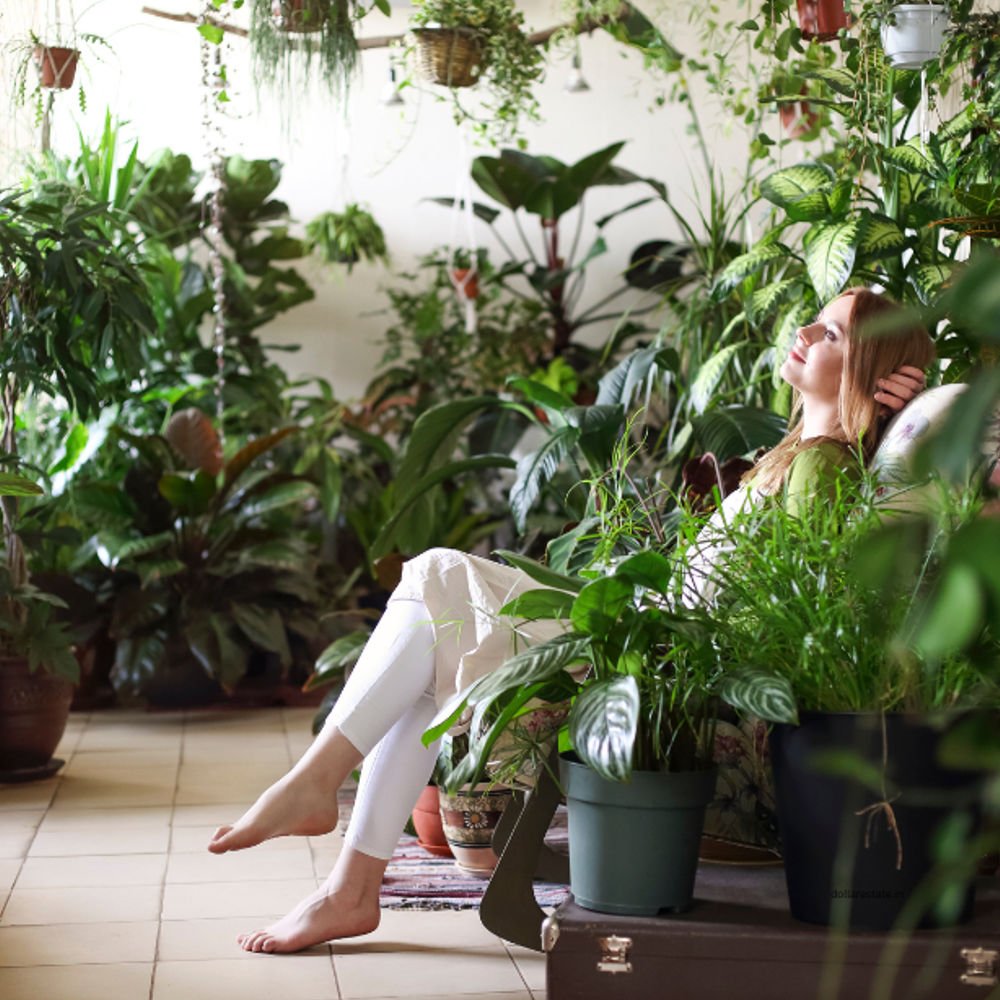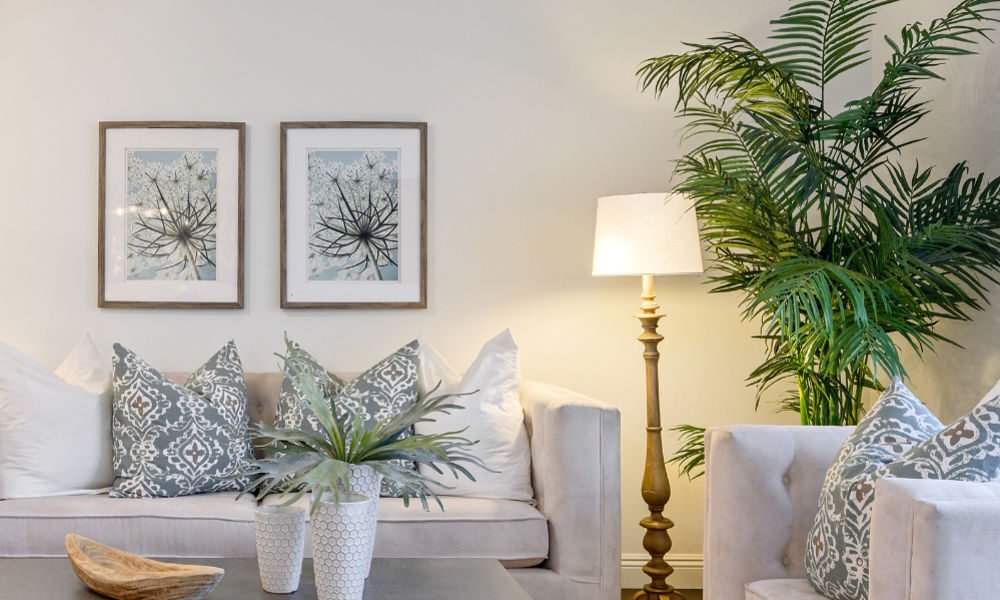Modern living often severs our daily connection with greenery, yet natural indoor design—rooted in biophilic principles—restores that vital link, enriching health, mood, and productivity. Coined by biologist E.O. Wilson, biophilia describes humanity’s innate attraction to nature. Natural indoor design translates that instinct into architecture by weaving plant life, organic materials, and daylight into everyday spaces.Vertical gardens, living walls, and potted trees blur boundaries between indoors and out. Beyond aesthetics, abundant plants purify air, regulate humidity, and create soothing acoustics—cornerstones of effective natural indoor design.


Daylight and Dynamic Views
Floor-to-ceiling windows, skylights, and light wells channel sunlight deep into interiors, reducing reliance on artificial lighting. Strategic glazing frames sky, foliage, or water vistas, giving natural indoor design its restorative visual anchors.
Material Honesty
Unfinished timber, rattan, cork, and stone invite touch and authenticity. Such tactile surfaces ground occupants in their environment, proving that natural indoor design extends beyond décor to the very bones of a building.
Patterns That Echo Nature
Fractal patterns in wallpaper, leaf-inspired textiles, and river-like terrazzo floors provide subtle reminders of wilderness. Biophilic research shows these motifs lower stress and improve cognitive performance, making natural indoor design a measurable wellness booster.
Water Elements Indoors
Small fountains, aquariums, and reflecting pools introduce gentle soundscapes and movement. The presence of water—real or evoked—elevates humidity and serenity, enriching the multisensory palette of natural indoor design.
Adaptive Thermal Comfort
Operable windows, breathable fabrics, and radiant floors create microclimates that mimic outdoor variability. Accepting slight temperature swings, rather than enforcing static HVAC settings, underscores the holistic ethos of natural indoor design.
Space for Seasonal Change
Rotating plant species, swapping textiles, or adjusting light filters celebrate shifting seasons. This evolving backdrop keeps interiors fresh and fosters anticipation—an often-overlooked delight in natural indoor design.

Health and Productivity Gains
Studies link biophilic spaces to lower blood pressure, faster healing, and improved focus. Offices adopting natural indoor design report fewer sick days and higher job satisfaction, underlining nature’s tangible ROI.
Designing for Every Budget
Whether a towering atrium jungle or a simple windowsill herb garden, elements of natural indoor design scale to any space or budget. Creativity—not extravagance—drives meaningful nature integration.
The Path Forward
As urban density rises, reconnecting people with living systems becomes urgent. Natural indoor design is more than a trend; it’s an evidence-based strategy to make built environments healthier, happier, and inherently human.
